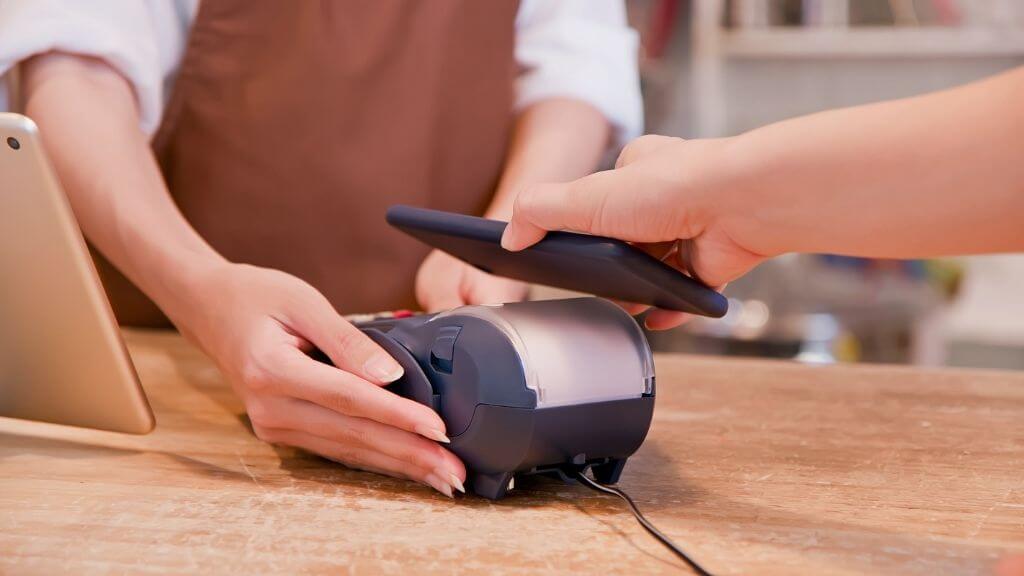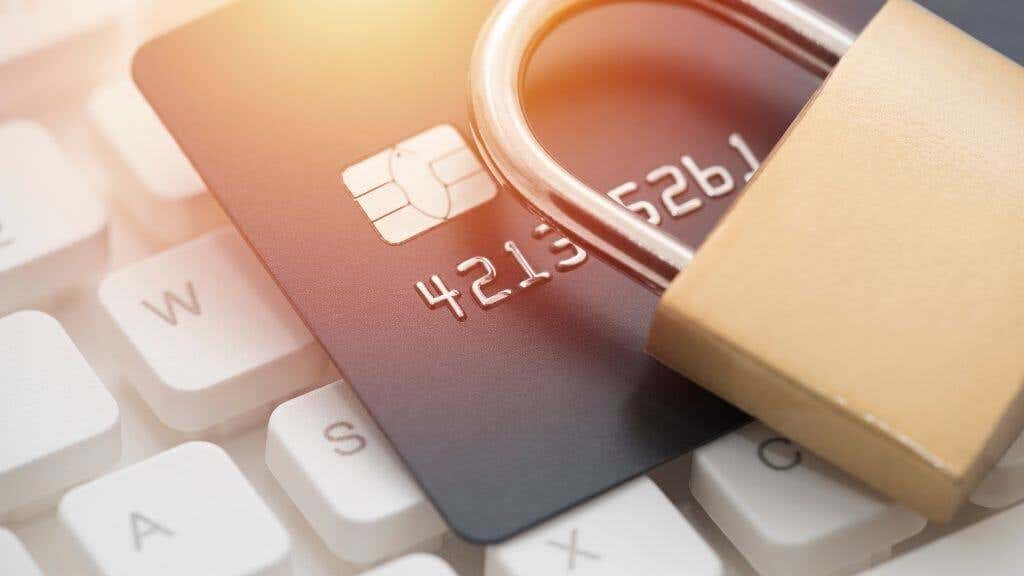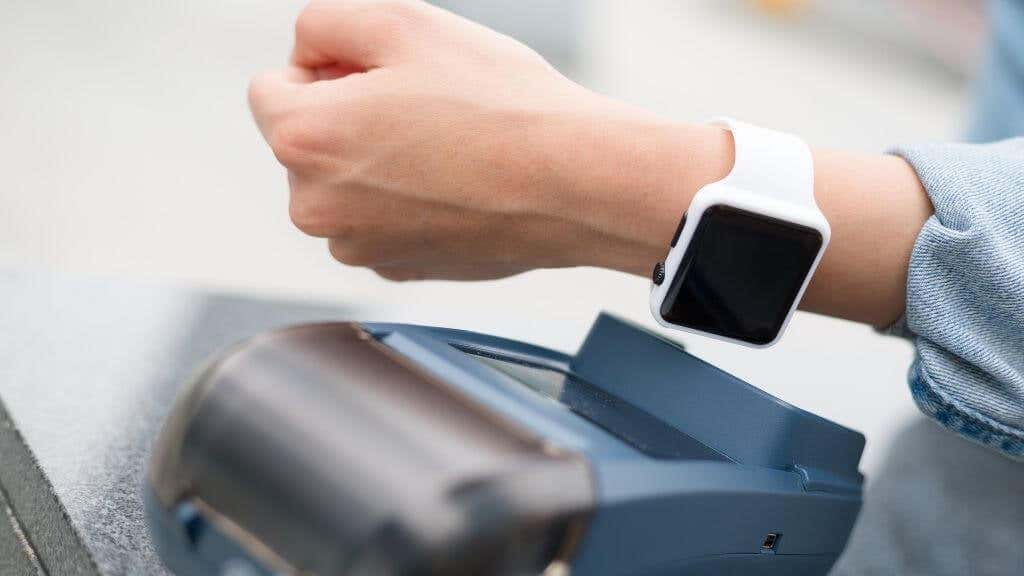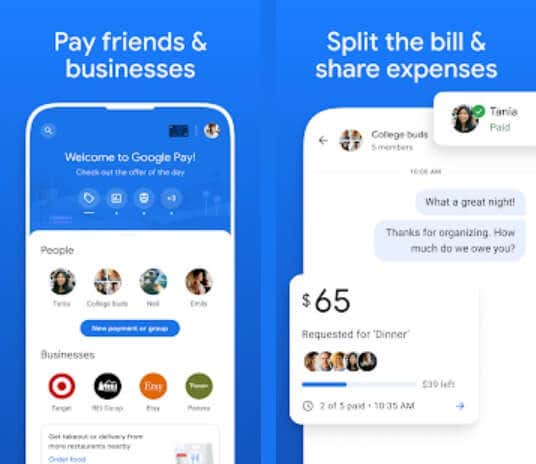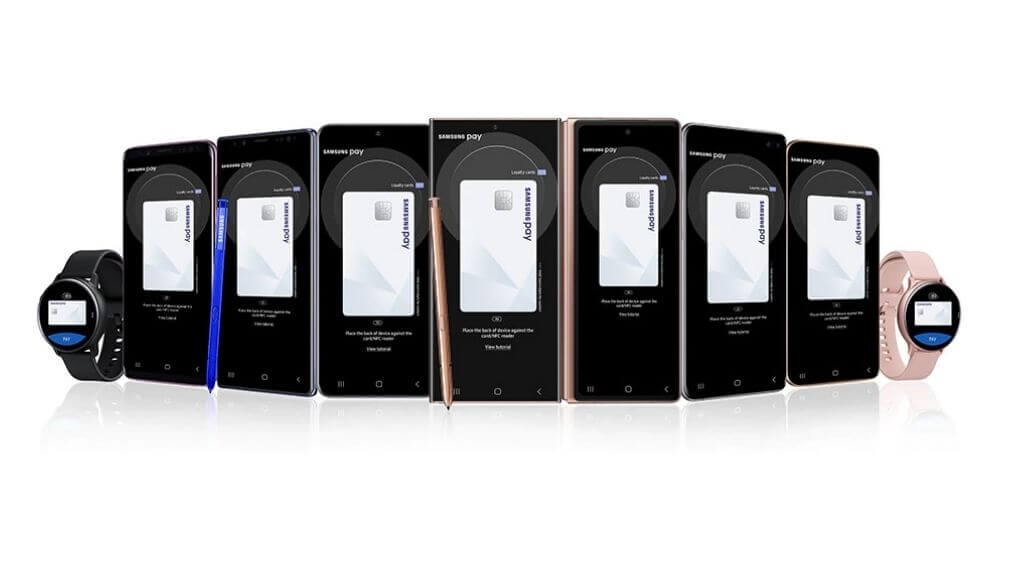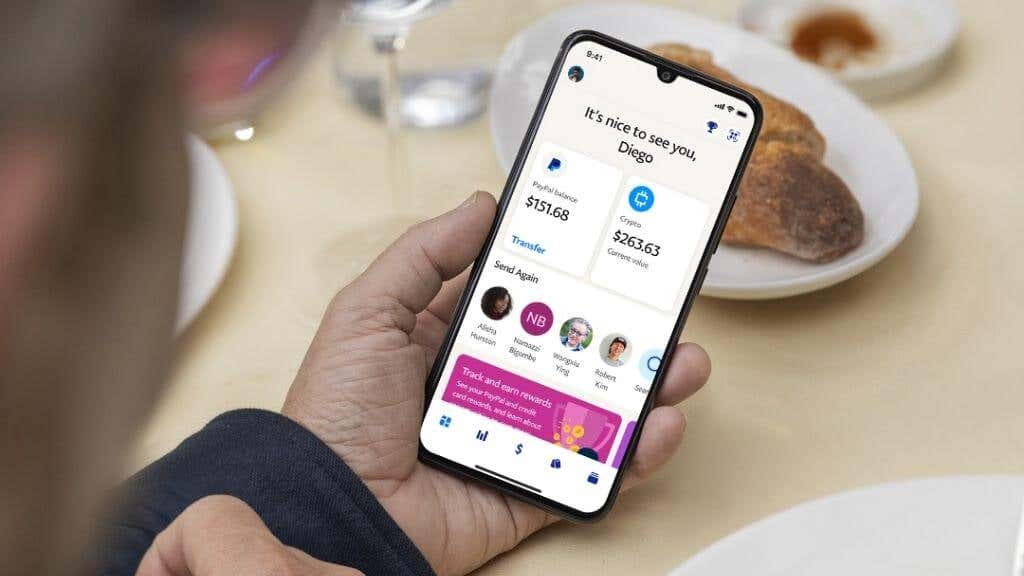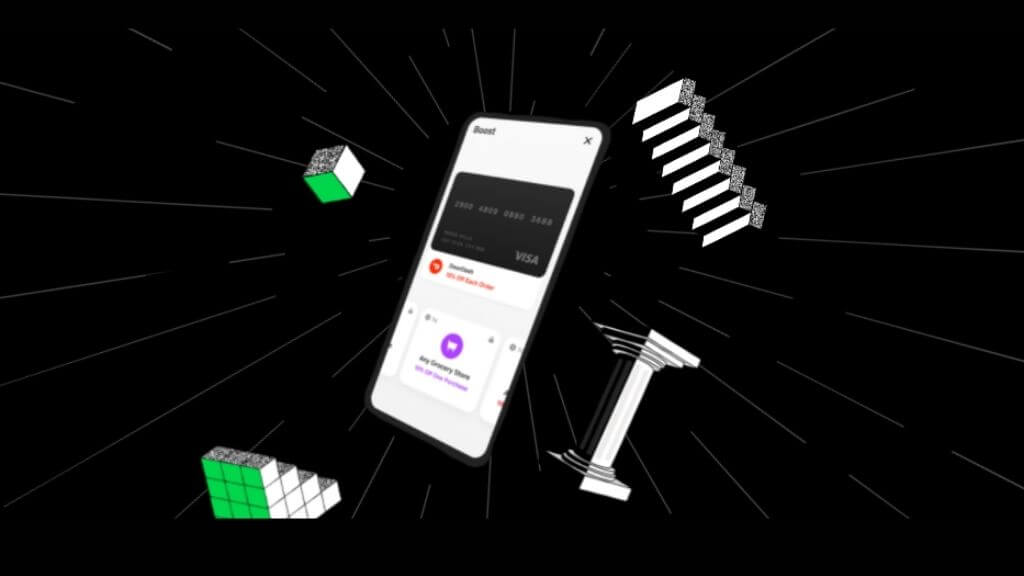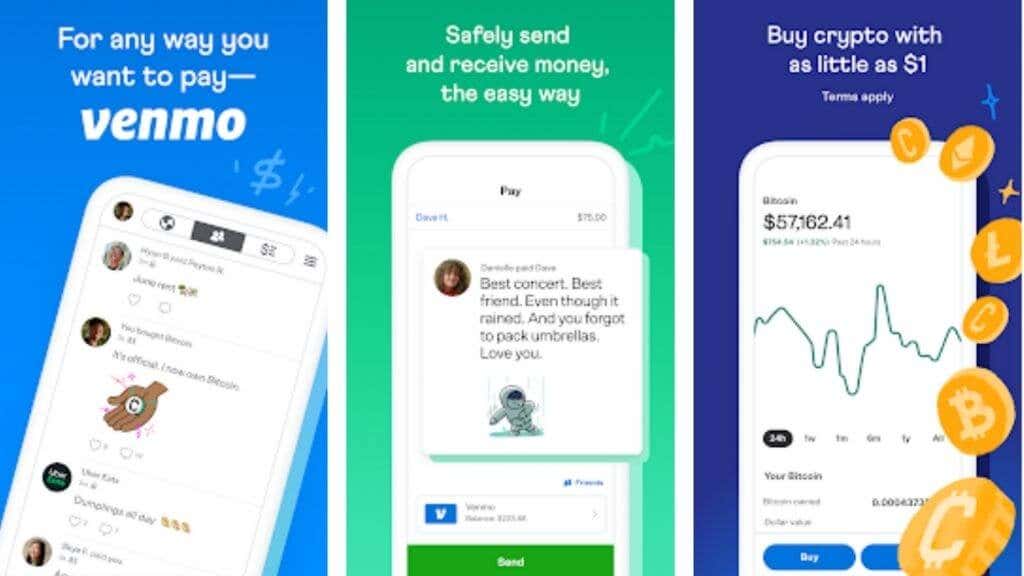What Is a Digital Payment Service?
Digital Payment Services are fairly self-explanatory. In essence, any service that allows you to pay digitally for goods and services to businesses and individuals without cash, cheques, debit cards, or credit cards falls into this category.They can still be linked to your bank account or credit card, but these payment methods are never exposed to whomever you’re paying. Some digital payment services allow you to pay for things in-person using a smartphone or a smartwatch.
What Should a Digital Payment Service Do?
Ideally, the digital payment service of your choice should let you pay for things online and in-person at a retailer. You may also want a way to give money to friends and family easily, without having to wait for bank transfers or deal with cash from ATMs. A way to make joint payments (such as splitting a restaurant bill) can also be an important feature.Apart from being convenient, a digital payment service has to be secure! Many of these services are attractive for online payments because they don’t expose your bank or credit card details to anyone. They also tend to have protection policies in place that will pay your money back if you’re the victim of fraud. Vendors who use these payment platforms are incentivized to do honest business, or they run the risk of being kicked out.The third important thing these services should offer is wide acceptance. If you can’t confidently leave your cash and cards at home in the knowledge that you can pay with your service, it’s not helping! Since tap-and-pay terminals are now so common, services that offer NFC (near-field communication) payment generally have this requirement sewn-up
How Mobile Device Payments Work
There are several ways to use a digital payment service. Today, most smartphones and smartwatches have NFC capabilities, the same technology used by tap-and-pay cards. With a digital payment service set up, you need to tap your device on a payment terminal, usually after entering a pin or performing a biometric verification.When doing app-to-app transactions with someone, you’ll use an internet connection to transfer money, so you don’t have to be in the same location. Some services can also use QR codes for payment. For example, there will be a QR code on display in the store; you’ll use the payment app to scan the QR code, enter an amount, and complete the payment.
The Best Digital Payment Services
Which digital payment services work the best for you will largely depend on where in the world you live. The list of selected payment services below is chosen from a US perspective, and US readers will find they are widely accepted and convenient.
Apple Pay
Apple Pay is a digital payment service integrated into most Apple devices. You can use an iPhone or Apple Watch to tap-and-pay in stores, and you can pay for things online on sites that support it. For example, Airbnb supports Apple Pay, and you can use FaceID or TouchID on an iPhone or Mac to verify your purchase. Apple Pay is made even more powerful thanks to Apple’s own in-house credit card, which is fully integrated with Apple Pay.
Google Pay
Google pay is a great solution for Android users looking for an Apple Pay competitor. It offers a very similar set of features and lets you pay for in-store items at a tap-and-pay terminal, on websites, and within the Google Play store.
Samsung Pay
Samsung Pay is Samsung’s in-house digital payment solution that works with Galaxy phones as far back as the Galaxy Note 5 from 2015. It also works with a selection of Samsung smartwatches, but it’s not as comprehensive a list as the phone models.Some Galaxy phones (such as the Note 10+) feature a magnetic swipe simulator, so they’ll work with card terminals that don’t have tap-and-pay. Unfortunately, that feature has been removed with newer phone models such as the Galaxy S21.Samsung Pay is an excellent service if you’re already using a compatible device, but you won’t find websites that offer it. Also, if you want to send money to another Samsung Pay user who isn’t a business, both of you need to apply for and have a Samsung debit card, which severely limits how useful the feature is.
PayPal
PayPal is probably the most well-known online digital payment service. It’s the company that made the idea of having an intermediary between your credit card and online stores popular in the first place.While PayPal has become one of the best places to pay for things or to get paid, you may not know that you can also pay for things using PayPal in-store. Although this is achieved using the PayPal app and a QR code put up by the business owner. It’s not nearly as convenient or universal as tap-and-pay, but it’s an excellent addition if you’re already a PayPal user and know a few places in your neighborhood that offer it.PayPal does make it easy to send money to family and friends, who can then spend it directly online or withdraw it to a linked bank account.
Cash App
Cash App is a financial service that makes working with digital payments much easier than actual cash. First and foremost, it makes it easy and fast to move money between friends and family, as long as they all have the Cash App. You can get a virtual debit card linked to your app account balance and withdraw money to your bank account.While Cash App does not offer a way to tap-and-pay in a store, their virtual debit card does work with Apple Pay, so you can use money other people send you on Cash App at a terminal in this way.
Venmo
Venmo is a digital payment service owned by PayPal, focusing on moving money between individuals. You can order a physical card for use in-store or pay using a QR code at stores that support it. Users can transfer money from Venmo to a bank account if they need to.
Digital Payments are the Future
Cash will still be around for a while yet, but digital payment services are putting a dent in the use of physical money, thanks to their speed and convenience. Combined with the increased use of cryptocurrencies, there may come a day when the only place you’ll see coins and banknotes is in a museum!
